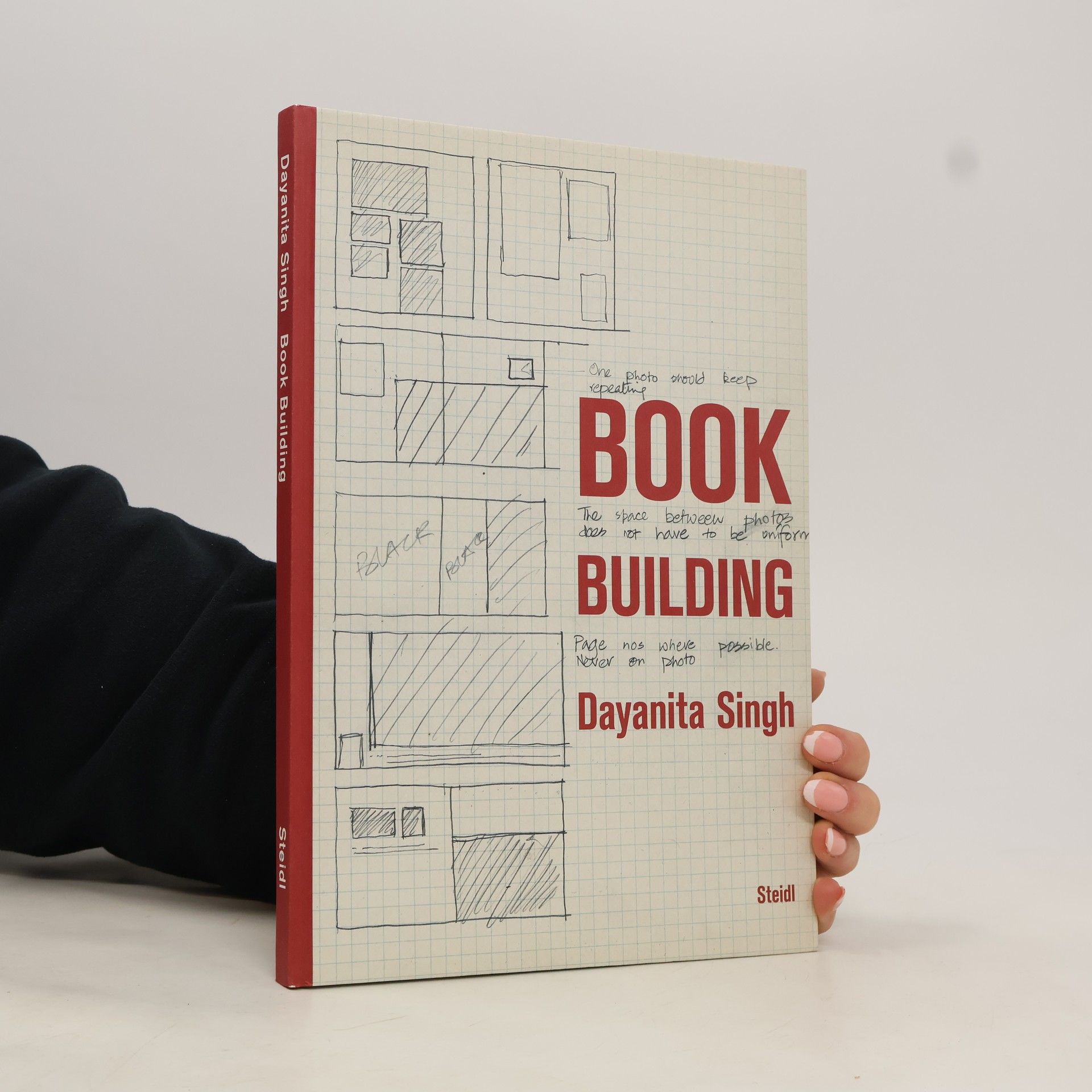Dayanita Singh, go away closer
- 32pages
- 2 heures de lecture
Go Away Closer is a novel without words. It concerns series of opposites in Singh's India: presence and absence, reality and dreams, tradition and progress. She is able to express the emotion underlying these often abstract concepts, because her photography springs from her own intimate experiences. For example, Singh establishes a connection between her personal losses, and the collective sadness due to lost traditions in the face of technology. Such opposites are ultimately irreconcilable, as embodied by the paradox of the book's title. Singh embraces this uncertainty, and presents visual clues in her photographs into which the viewer can read his or her own biography. Go Away Closer - like all Singh's books- is not about answering questions, but considering the emotion fabric from which they arise.

